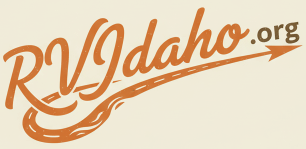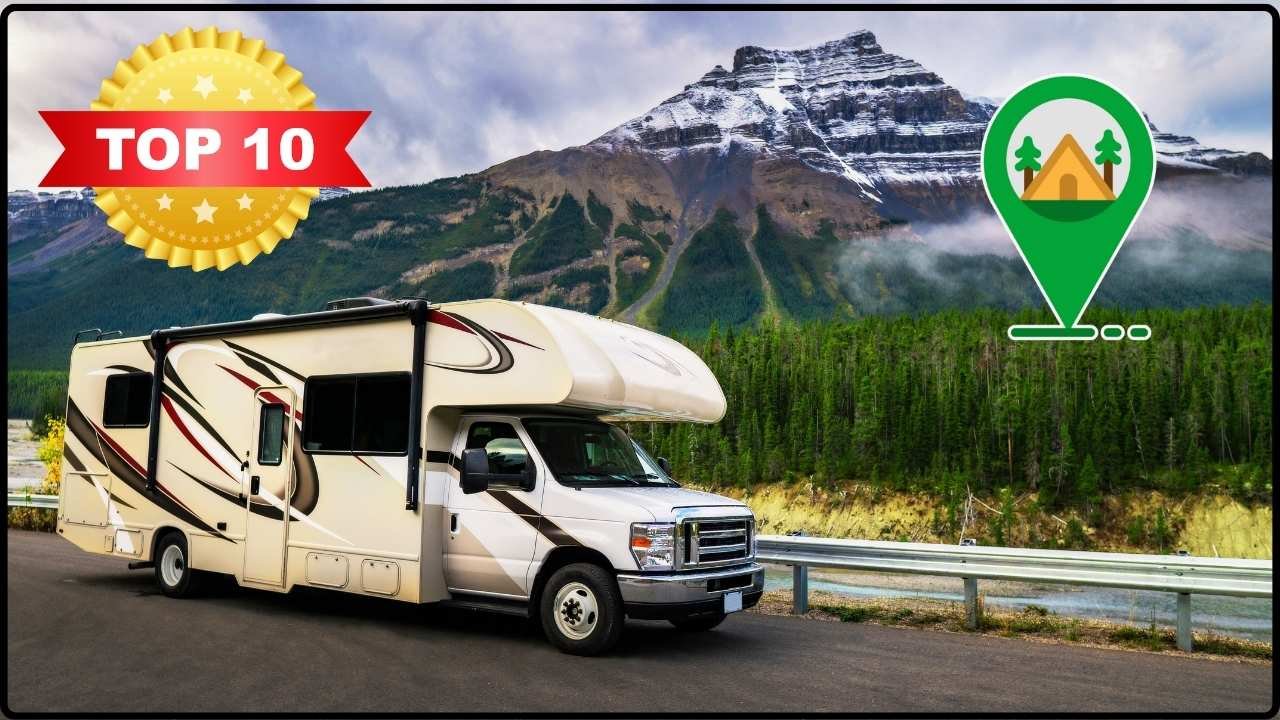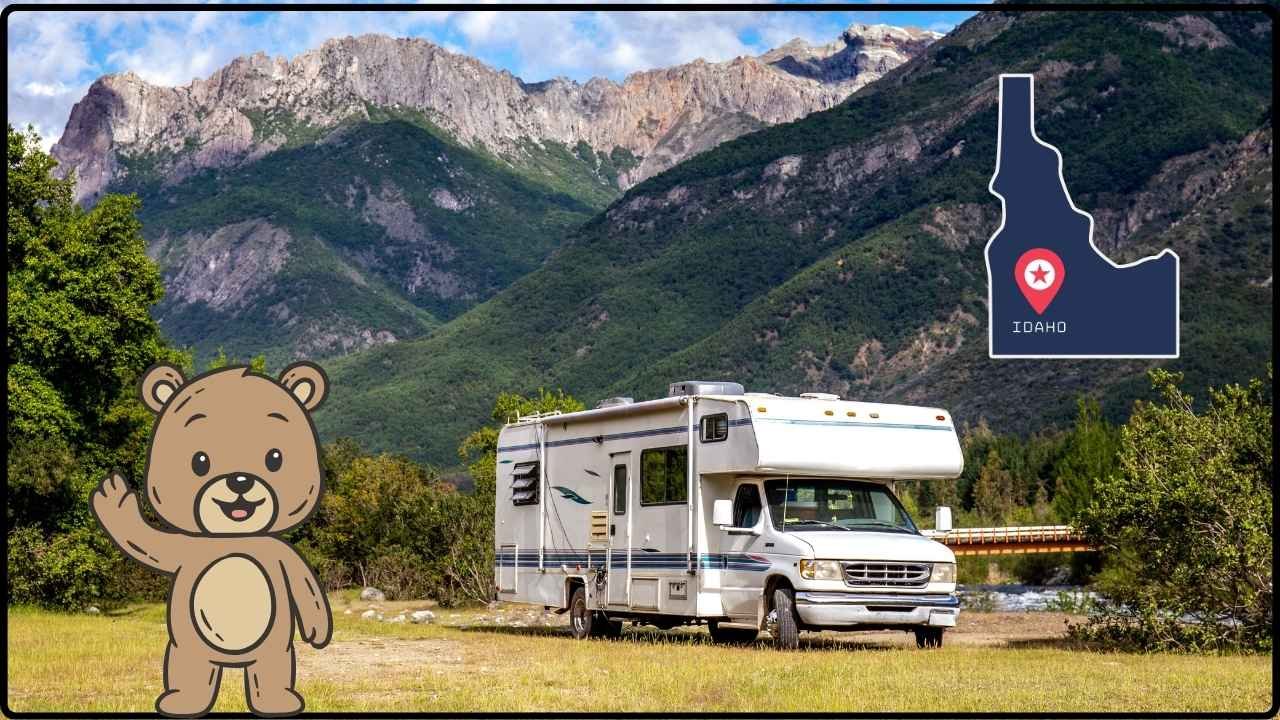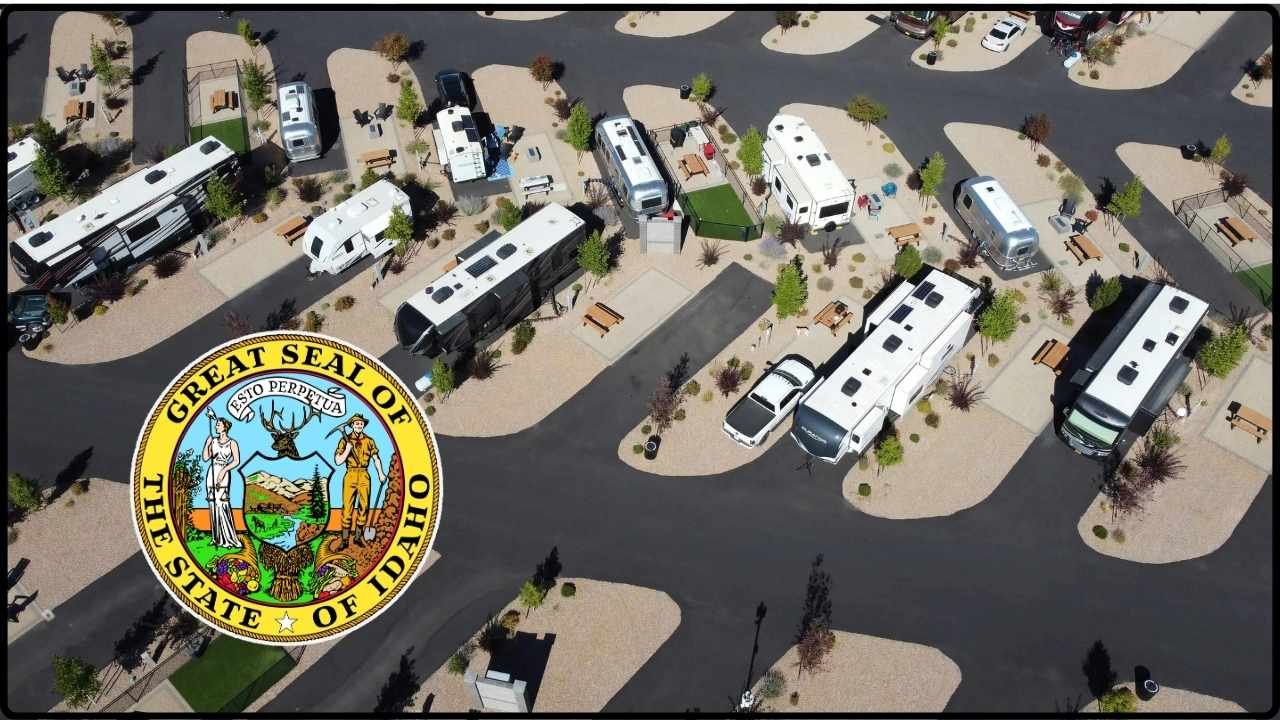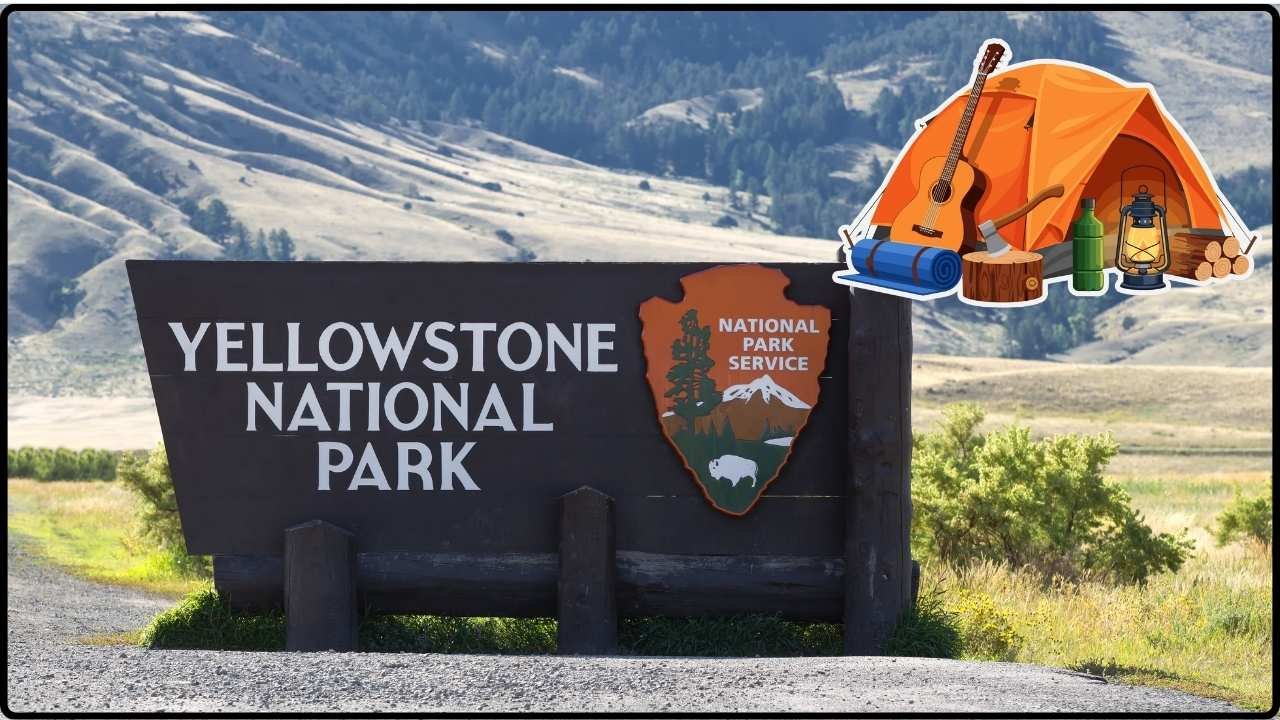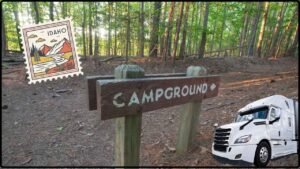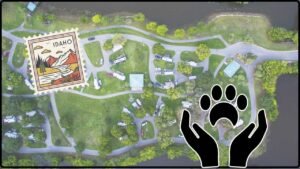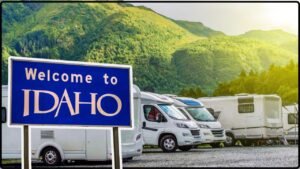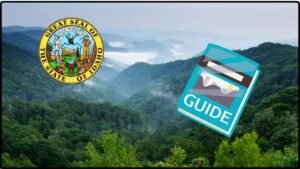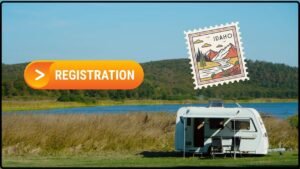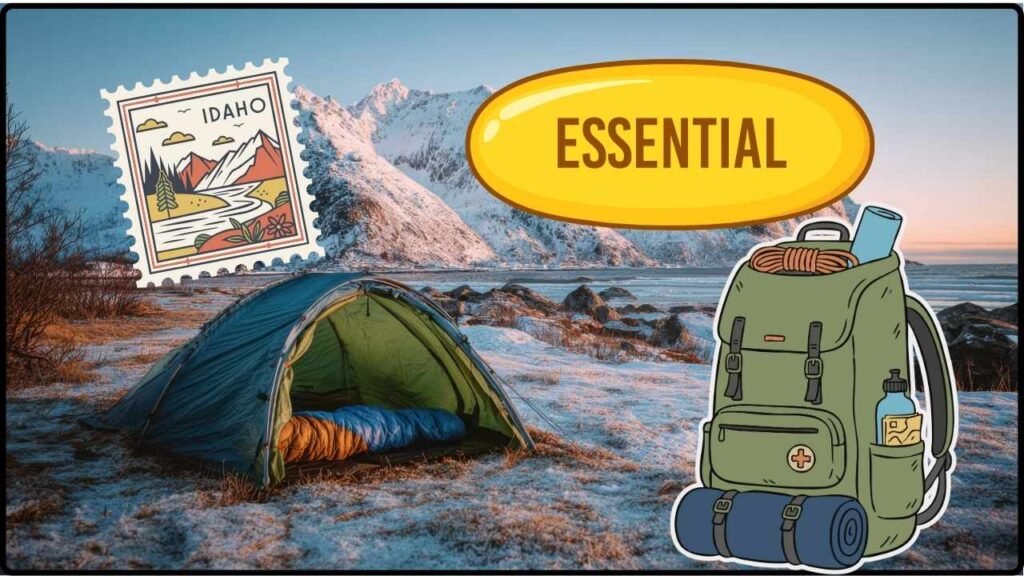
Essential Gear for Boondocking: Boondocking in Idaho’s backcountry is the ultimate way to ditch the hustle and bustle of city life and get lost in some of the most beautiful, rugged wilderness the U.S. has to offer. If you’re looking to camp off-grid, with no hookups and no crowds, Idaho is straight-up one of the best spots to do it. But to make the trip smooth and safe, having the right gear is a must. Whether you’re a seasoned pro or a first-time boondocker thinking about hitting the Gem State, this article breaks down everything you need to know, gear to pack, and insider tips on getting the most out of your adventure.
Essential Gear for Boondocking
Boondocking in Idaho’s backcountry offers unbeatable freedom and stunning natural beauty. The trick is to show up prepped with solid gear, an understanding of local rules, and a respectful mindset to protect the land. Pack smart, respect Idaho’s wilderness, practice Leave No Trace, and get ready to experience some of the best off-grid adventures the USA has to offer.
| Feature | Details |
|---|---|
| Legal Stay Limits | 14 days max on National Forest/BLM land, 10 days on Wildlife Management Areas |
| Popular Locations | Sawtooth National Forest, Smith Lake, Tripod Reservoir, Bootjack Dispersed Camping |
| Required Permits | Usually no permits needed for dispersed camping; check local rules before arrival |
| Essential Gear | Tent/RV, water filtration, bear spray, camping stove, solar charger, first aid kit |
| Bear Safety | Use bear-proof containers; keep clean camp, bear spray required |
| Connectivity | Limited cell service; print/download maps prior to trip |
| Season | Prime camping season May-November |
| Official Site | Idaho Department of Parks and Recreation |
What is Boondocking?
Before diving into the gear, let’s clear up what boondocking is. Simply put, it’s camping “off the grid”—no electricity, water hookups, or amenities. Usually, it happens on public lands like National Forests or Bureau of Land Management (BLM) areas. Idaho boasts 61% public land, which means tons of places to set up camp without paying a dime.
Boondocking pushes you to rely solely on what you bring, embracing nature in its rawest form. It can mean pulling your RV off the beaten path or pitching a tent deep in the woods. Unlike RV parks or developed campgrounds, there are no amenities here—no flushing toilets, no showers, and no electricity. The thrill is in the self-reliance and solitude.
Why Idaho?
Idaho has become a hot spot for boondockers for several reasons:
- Vast Public Lands: The state’s 61% public lands include expansive BLM areas and numerous National Forests like the Sawtooth and Boise, offering a playground for off-grid camping.
- Scenic Diversity: From alpine peaks with snowmelt streams to quiet desert plateaus, Idaho’s landscapes are jaw-dropping and varied.
- Less Crowded: Compared to Colorado or Utah, Idaho’s boondocking spots tend to be quieter, giving campers a true wilderness experience.
- Accessible Wilderness: Many boondocking areas are within a couple of hours of cities like Boise and Coeur d’Alene, making it possible for city dwellers to escape without a long haul.
But be warned, Idaho’s wilderness can be rugged and isolated. It’s not your casual backyard barbecue spot; preparation is everything.
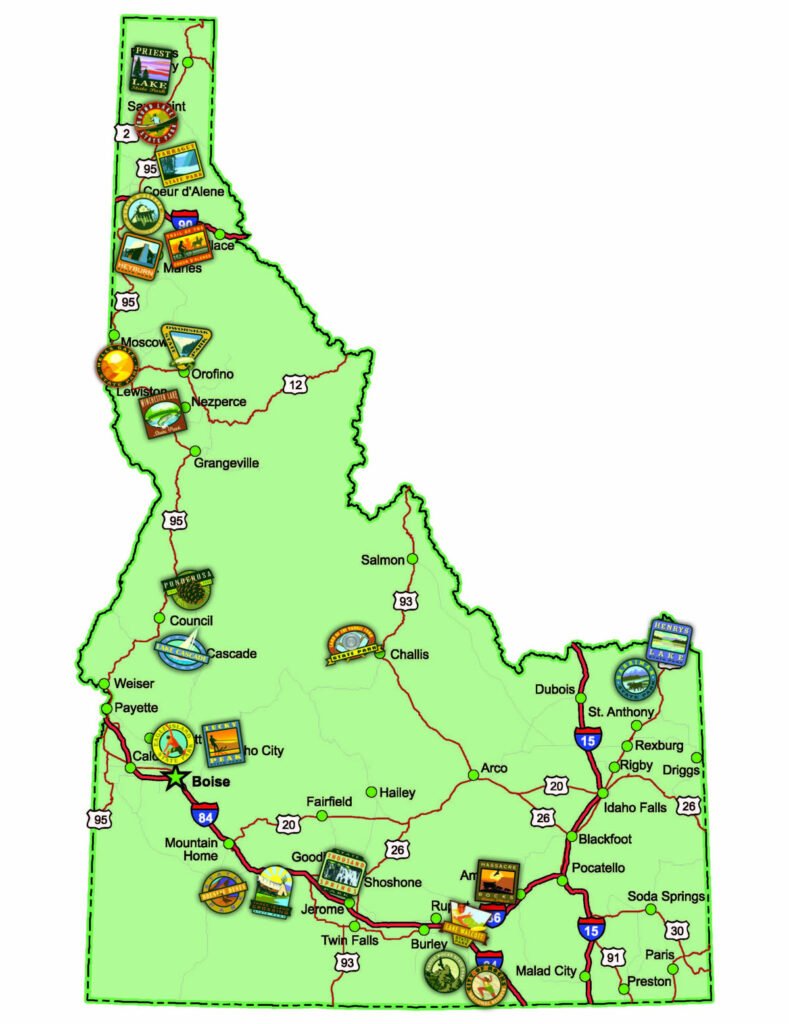
Preparing for Your Adventure: Essential Gear for Boondocking
1. Choose Your Boondocking Spot Wisely
Idaho is a big state with diverse public lands and ecosystems. First, decide what kind of trip you want.
- For mountain vistas and alpine lakes, check out Sawtooth National Forest or spots near Stanley.
- For river and lake camping, areas around Payette National Forest or Tripod Reservoir shine.
- If you want to mix wilderness with some town access for supplies or emergency support, Bootjack Dispersed Camping near Island Park is solid.
Use guidebooks, online forums, and apps like FreeRoam or Campendium to scout spots. Remember, most boondocking spots operate on a first-come, first-served basis, so arriving early is your best bet.
2. Pack the Right Shelter and Sleeping Kit
Your shelter is your fortress in the wild. Four-season tents can be overkill unless you’re going in winter, but a solid three-season tent with a rainfly and durable stakes is a must.
If you’re rolling with an RV, ensure you have leveling blocks and your vehicle can handle rough dirt or gravel roads.
Sleeping well makes all the difference—carry a sleeping pad or air mattress for insulation and comfort, a sleeping bag rated for Idaho’s nighttime temperatures (which can dip below freezing, even in summer), and a compact pillow.
3. Water is King in the Wilderness
Water isn’t just for drinking—it’s for cooking, cleaning, and even pets. Idaho’s backcountry can be dry or have water contaminated by wildlife, so don’t drink from streams or lakes without filtering.
Bring at least one water filtration system with backup filters (brands like Sawyer or LifeStraw work well), and carry several gallons to get you started.
Tip: Use collapsible water containers to save space. Fill them before heading deeper into the backcountry.
4. Fuel Up with Proper Cooking Gear
Food is fuel for your adventure, and cooking gear is your lifeline.
- Cooking Stove: Campfires are often banned due to wildfire risk, especially in summer, so a reliable camp stove with enough fuel is essential.
- Cookware: A lightweight cast iron skillet or foldable pots that nest inside each other work great.
- Utensils and Cleaning: Bring multipurpose utensils and biodegradable soap for dishwashing—respect Idaho’s pristine environment.
Plan meals that are easy, nutritious, and don’t require a ton of refrigeration. Freeze-dried backpacker meals, canned beans, trail mix, and quick-cook pasta are popular. Keep all food sealed and stored securely to avoid attracting wildlife.
5. Safety Gear and Bear Awareness
Idaho is home to black bears and occasionally grizzlies. Carry bear spray and keep it handy. Store food in approved bear-proof containers away from your tent or sleeping area.
Additional safety gear to pack:
- A multitool for repairs and emergencies.
- A first aid kit stocked with essentials for treating bites, scratches, and minor injuries.
- Headlamps or flashlights with fresh batteries.
- An emergency whistle and a GPS device or satellite messenger, especially since cell phones can be unreliable.
Camping neat and odor-free helps reduce wildlife encounters. Never leave food scraps or garbage behind.
6. Power and Lighting
Boondocking means no hookups, so you must generate your own power.
Portable solar panels are lightweight, eco-friendly, and efficient during sunny Idaho days. Couple them with power banks to charge phones, cameras, and small devices. Bring plenty of spare batteries for your headlamps and lanterns.
For lighting at camp, headlamps are preferable—they keep your hands free and minimize light pollution.
7. Clothing and Protection
Weather changes fast in Idaho.
Pack layered clothing: moisture-wicking underwear, warm fleeces, waterproof outer shells, hats, gloves, and sturdy hiking boots. Nights can be cold at high elevations, and rain showers are common.
Don’t forget sunscreen and bug spray—mozzies and ticks can be pesky friends.
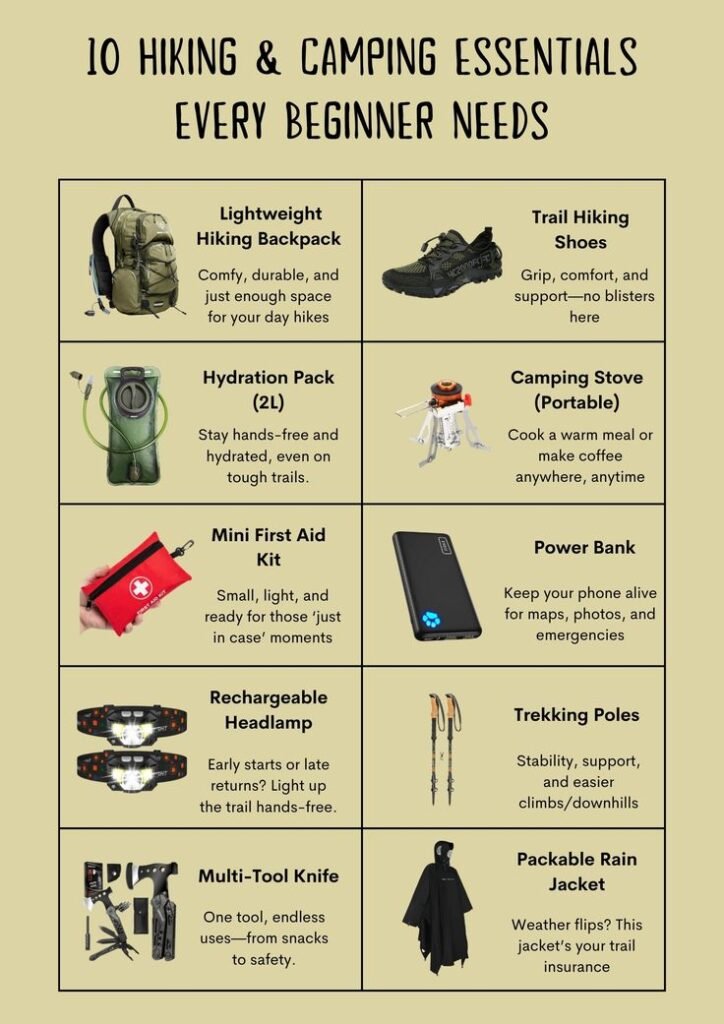
Bonus: Essential Practical Tips for a Successful Boondocking Experience
Respect Nature and Camp Responsibly
Choose sites with existing impact to minimize disturbance. Set up camp at least 200 feet from water to protect riparian habitats from pollution.
Adopt Leave No Trace practices:
- Pack out what you pack in.
- Scatter used firewood; don’t strip vegetation.
- Avoid creating new fire rings.
Many Idaho backcountry areas have fragile soils and plants that take years to recover.
Food and Cooking Hacks
Consider:
- Using resealable silicone bags for portion control and waste reduction.
- Prepping ingredients at home: chop veggies and pre-mix seasonings to save time.
- Bringing coffee or tea in instant form—quick brew, zero cleanup.
Safety First
Ensure someone knows your itinerary and estimated return time. Carry a detailed map and compass, and know how to use them.
Fires can quickly get out of control in Idaho’s dry summer months. Always check local fire bans and use only approved fire pits.
Sustainability and Low-Impact Camping
Use eco-friendly soap and refillable water bottles.
Say no to single-use plastics by buying in bulk and repackaging at home.
Store trash securely and haul it out—Idaho’s wilderness is precious and deserves protection.
Idaho Boondocking Rules, 2025 Update, and Etiquette
Boondocking laws and etiquette protect natural resources, campers, and communities.
- Limits: 14 days maximum per 28 days on National Forest and BLM lands; 10 days in Wildlife Management Areas. You must move at least 5 miles to reset your camping period.
- No camping within 1 mile of developed campgrounds or trailheads.
- No more than two vehicles per campsite parking pad.
- No leaving of unattended gear or vehicles beyond your stay.
- The 2025 Idaho Senate Bill 1141 prohibits camping or sleeping overnight on public property in cities with 100,000+ population (Boise, Meridian), but does not affect dispersed boondocking on wilderness public lands.
- Violations can result in hefty fines or criminal charges.
Boondocking in Idaho 101: The Ultimate Guide to Free Camping
Boondocking Near Yellowstone: A Guide to Free Sites in Island Park
The RVer’s Guide to Dispersed Camping in the Sawtooth National Forest
